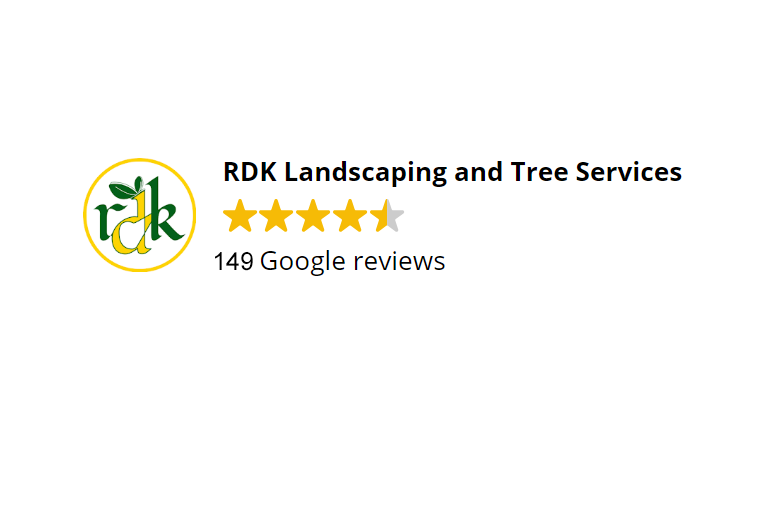 A wheelbarrow with a rake and a pile of autumn leaves in the garden.[/caption]
A wheelbarrow with a rake and a pile of autumn leaves in the garden.[/caption]
Giving your old lawn a little TLC, this fall can help you achieve a lush, healthy lawn in the spring.
Your lawn has probably taken a big hit this summer. Family gatherings, bringing dogs, children’s games and toys, combined with heat and drought, will make it difficult for your lawn to breathe. If your lawn needs a little TLC, you’re in luck. Fall is the best time to revitalize your lawn so it’s greenest and healthiest next year.
Know your lawn.
There are cool-season and warm-season grasses, and there are several types in each category.
Cool-season grasses are better suited to cooler climates and are most productive in spring and fall, sometimes requiring more irrigation, and are generally slower than warm-season grasses due to their upright growth habits. It is cut higher.
Warm season grasses grow best in warm climates and are generally more drought tolerant and are often mowed at lower heights.
Contact your local lawn professional for specific recommendations for lawns in your area.
Provide fertilizer.
In the fall, fertilize your lawn with an NPK (nitrogen, phosphorus, potassium) ratio of 3-1-2 or 4-1-2. The proportions don’t have to be exact, but try purchasing similar amounts of product. Plan to use about 1 pound of fertilizer per 1,000 square feet of lawn and always follow package directions. Applying too much fertilizer will not help your lawn and can actually damage it.
Remove thatch.
Thatch is an accumulation of dead roots and stems growing between the soil and green grass blades.
If there is only a small buildup, you can use a hard or thatch rake to remove the dead grass, but if the grass is more than 1/2 inch thick, you will need to aerate the core in the fall or spring.
Core aeration uses rentable equipment to remove blockages in the soil and increase the soil’s water, air and fertilizer holding capacity. If the buildup is thicker than 2/3 inch, you will need to aerate the core and add 1/8 to 1/4 inch of organic matter, such as compost or peat. Please water the well.
Control weeds.
September and October are the best months to control perennial broadleaf weeds such as clover and dandelions. Since these weeds are busy consuming sunlight and nutrients to survive the winter, there is a high possibility that they will be treated with herbicides.
If there are only a few weeds, pull them out by hand. However, as weeds become more prevalent, additional tactics or chemicals may be needed, whether organic or non-organic. As with fertilizers, always follow package directions when applying chemicals to your lawn to avoid damaging your lawn and surrounding plants. Don’t worry about the bare spots left behind by weed removal. Your healthy lawn will soon take over the area.
Sow grass seed.
If weeding has left a large area or you need to build or expand your lawn, mid August to mid-September is the best time to sow grass seed. However, always check with your county extension office or trusted local nursery about the best time to sow seeds in your area.
For best results, prepare the soil properly before planting. Add 1/2 to 1 inch of compost or peat until the soil is at least 6 inches deep, till the soil evenly and sow the seeds. Water well and keep the soil consistently moist until new growth appears, or for about 6 weeks.
If you need assistance with any kind of Landscaping needs, Our team got you covered.
Call us at this number +1 (716)-710-0390.




